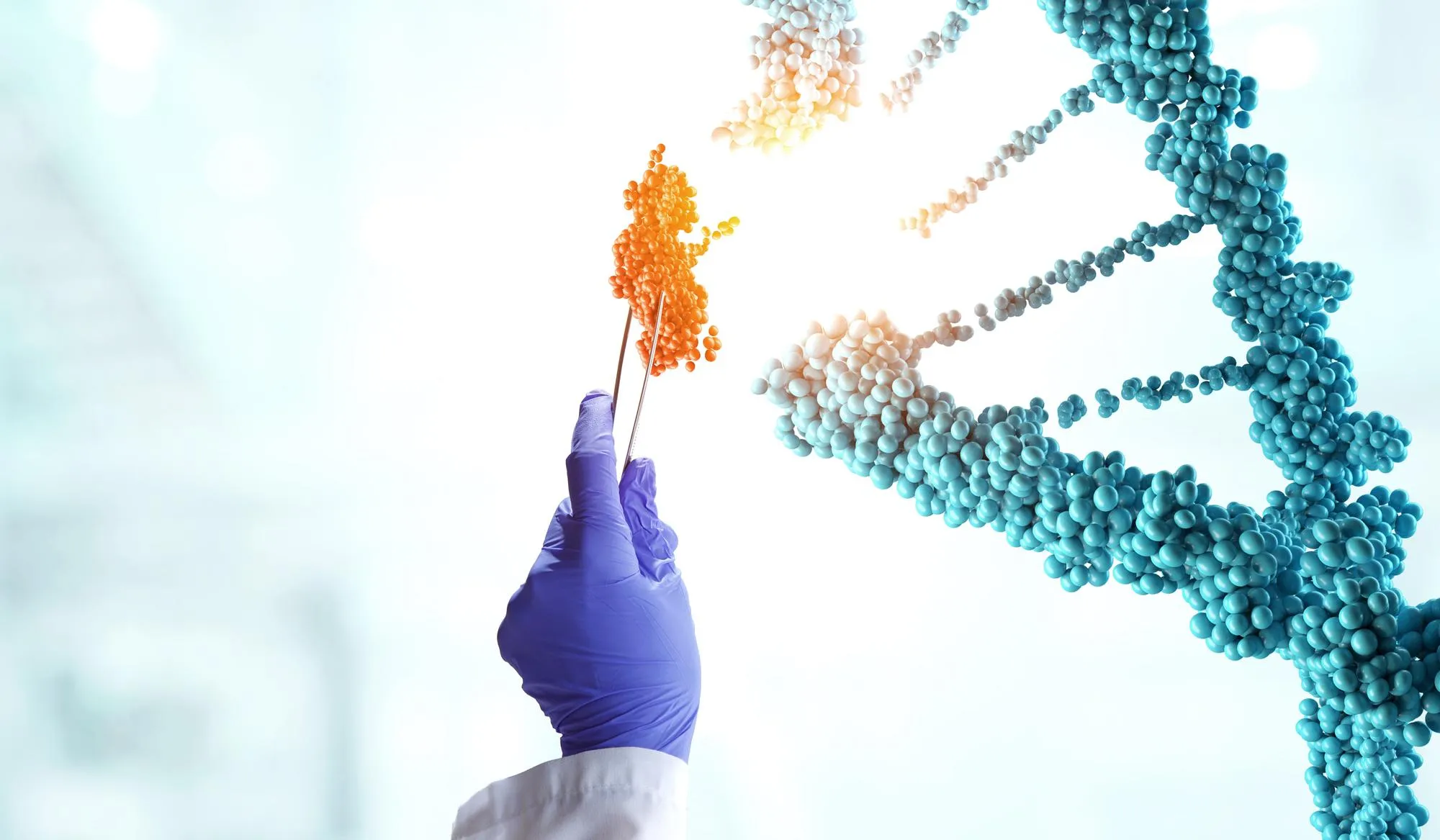A Development in the Pharmacological Treatment of LGMD2D
Researchers have made a promising discovery in the treatment of Limb-girdle muscular dystrophy type 2D (LGMD2D), a form of muscular dystrophy characterized by progressive muscle weakness. Limb-girdle muscular dystrophy type 2D is a rare condition caused by mutations in the gene that encodes for α-sarcoglycan (α-SG), an essential protein for muscle function. A study, published in Scientific Reports, identifies thiostrepton, a cyclic antibiotic, as a potential pharmacological agent to help correct the misfolding of mutant α-SG proteins.
DOI: 10.1038/s41598-019-43399-w
Methodology and Discovery
The study, spearheaded by a team of researchers from CECS, I-Stem and INTEGRARE, Genethon, alongside Université Paris-Saclay, utilized a novel high-throughput in vitro screening assay. This assay facilitated the monitoring of the cellular localization of the most prevalent mutant form of α-SG – the R77C substitution. After screening a library of 2,560 drugs, including FDA-approved drugs and bioactive compounds, the researchers were able to isolate thiostrepton as a compound with the potential to correct the localization of misfolded α-SG proteins.
Further investigation demonstrated that thiostrepton exerts a positive influence on the localization of not just the R77C-α-SG missense mutation, but several others (R34H, I124T, V247M) as well. The study’s breakthrough lies in the ability of thiostrepton to inhibit the proteasome’s chymotrypsin-like activity, thus preventing degradation of the misfolded proteins. When thiostrepton was used in concert with bortezomib, an FDA-approved proteasome inhibitor, a synergistic effect was observed, signifying greater potential in the drug’s therapeutic efficacy.
Implications and Future Research
This groundbreaking study not only presents a new high-throughput compatible in vitro model for LGMD2D but also opens the door for potential therapeutic options for those with the disease due to missense mutations of α-SG. Given the limited treatment options currently available for LGMD2D, the identification of thiostrepton as a possible drug reposition for LGMD2D marks a significant advancement in the field of rare genetic disorders.
Extensive clinical trials would be required to validate the safety and efficacy of thiostrepton as a treatment option. However, researchers are optimistic that the relative safety profile of thiostrepton and its history as an antibiotic could potentially accelerate the translation from bench to bedside.
Industry Experts’ Take
While thiostrepton is not yet an approved treatment for LGMD2D, the discovery has caught the attention of various industry stakeholders, many of whom see it as a potential game-changer. The research team is hopeful that partnerships with pharmaceutical companies could lead to rapid development and clinical testing.
Experts from the Institut de Myologie and Genethon emphasize the need for multi-disciplinary collaboration in efforts to tackle rare diseases such as LGMD2D. They also underscore the role of patient advocacy groups in driving research and awareness forward.
Patient Hope
For patients affected by LGMD2D, and their families, the discovery brings a glimmer of hope. Beyond symptom management and physical therapy, this points towards a future where the underlying cause of the condition could be addressed at the molecular level.
While caution remains until human trials are conducted, the prospects of a therapeutic agent that can halt or slow the progression of LGMD2D are encouraging, offering optimism in the face of a currently incurable disease.
Keywords
1. LGMD2D Treatment
2. Thiostrepton Muscular Dystrophy
3. Alpha-Sarcoglycan Therapy
4. Protein Folding Pharmaceuticals
5. Rare Genetic Disorder Drug
References
1. Hoch, Lucile L., et al. “Identification of thiostrepton as a pharmacological approach to rescue misfolded alpha-sarcoglycan mutant proteins from degradation.” Scientific reports 9.1 (2019): 6915. DOI: 10.1038/s41598-019-43399-w
2. Liewluck, Teerin, and Margherita Milone. “Untangling the complexity of limb‐girdle muscular dystrophies.” Muscle & Nerve 58.2 (2018): 167–177. DOI: 10.1002/mus.26077
3. Trabelsi, Meriem, et al. “Revised spectrum of mutations in sarcoglycanopathies.” European journal of human genetics: EJHG 16 (2008): 793–803. DOI: 10.1038/ejhg.2008.9
4. Newick, K., et al. “Peroxiredoxin 3 is a redox-dependent target of thiostrepton in malignant mesothelioma cells.” PloS one 7.6 (2012): e39404. DOI: 10.1371/journal.pone.0039404
5. Yella Jaswanth, et al. “Changing Trends in Computational Drug Repositioning.” Pharmaceuticals 11.2 (2018): 57. DOI: 10.3390/ph11020057
Conclusion
The study’s findings represent a significant leap forward in the search for effective treatments for LGMD2D. Further research and clinical trials will be critical to confirm the practical applications of thiostrepton in the treatment of this debilitating disease. The scientific community remains cautiously optimistic that this pharmacological approach could one day change the lives of those living with LGMD2D.
